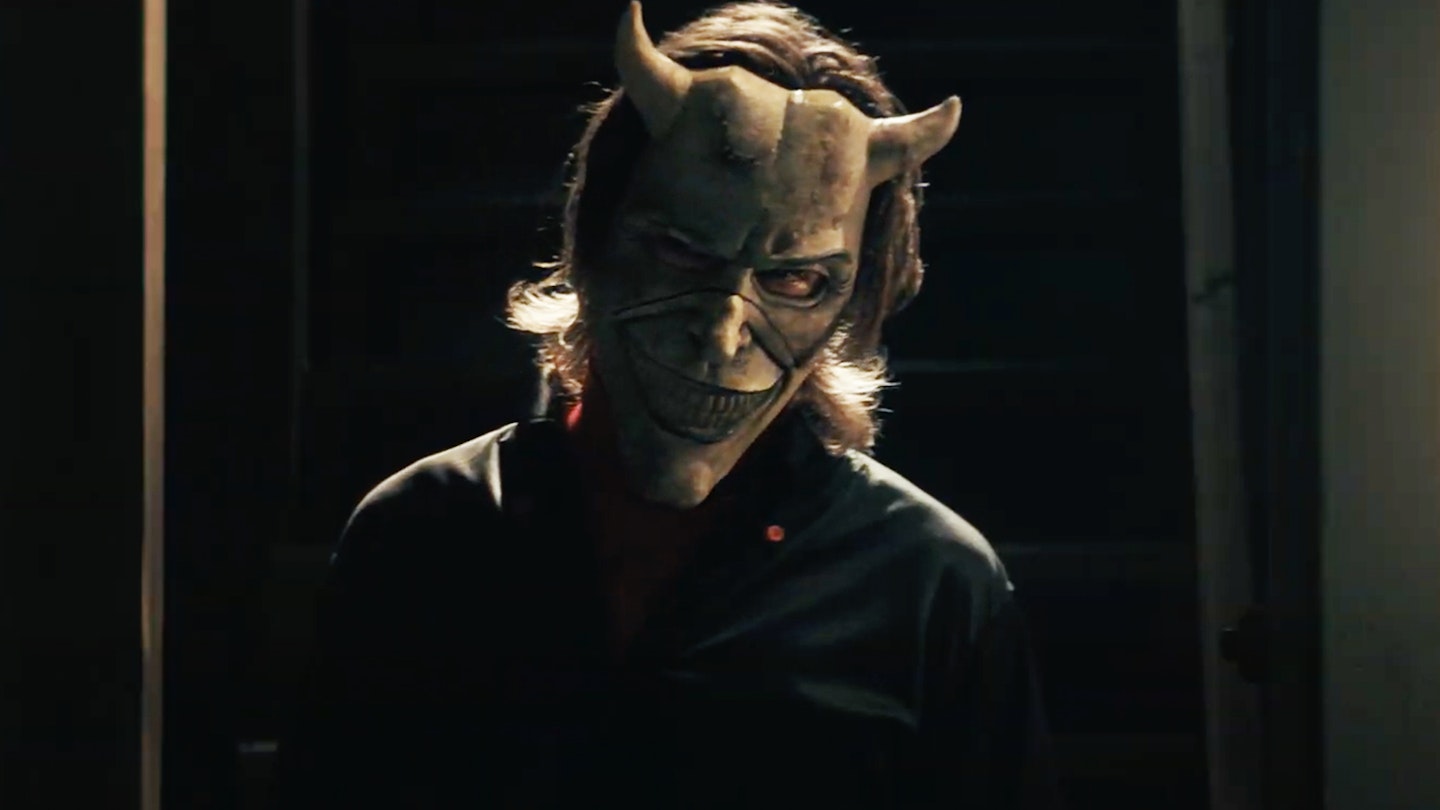Strap in, everyone: Scott Derrickson is back in horror mode. After playing in the MCU with Doctor Strange, the director of Sinister, The Exorcism Of Emily Rose and Deliver Us From Evil has reunited with Ethan Hawke for a serious scare-fest in The Black Phone. Adapted from the short story by Joe Hill (son of Stephen King), it stars Hawke as a terrifying kidnapper colloquially known as ‘The Grabber’, who abducts youngster Finney (Mason Thames) and locks him in a basement with a disconnected black phone on the wall. When the phone suddenly rings, Finney discovers the voices on the other end are The Grabber’s other young victims, who plot to help him escape a similarly bleak fate.
It’s a story Derrickson was long familiar with, having read it “about fifteen years ago or something” when Hill’s debut collection of short stories, 20th Century Ghosts, first hit the shelves. “I had no idea that he was Stephen King’s son,” he says. “Joe didn’t want anyone to know, he wanted to establish his reputation on his own merit.” Of all the spooky stories inside, it was ‘The Black Phone’ that stuck with him. “It was something that I felt was a movie,” he recalls. “The concept of it was so interesting and original, and kind of simple.” Cut to now, and it literally is a movie – from Derrickson and his regular writing collaborator C. Robert Cargill, expanding the story into a feature-length tale of terror. With the trailer now out in the wild, Empire called up the director on our very own black phone (OK fine, it was a regular Zoom call) to break down the wild Ethan Hawke performance, the eerie horror iconography, and why it’s his most emotional film yet.
Something weird in your neighbourhood
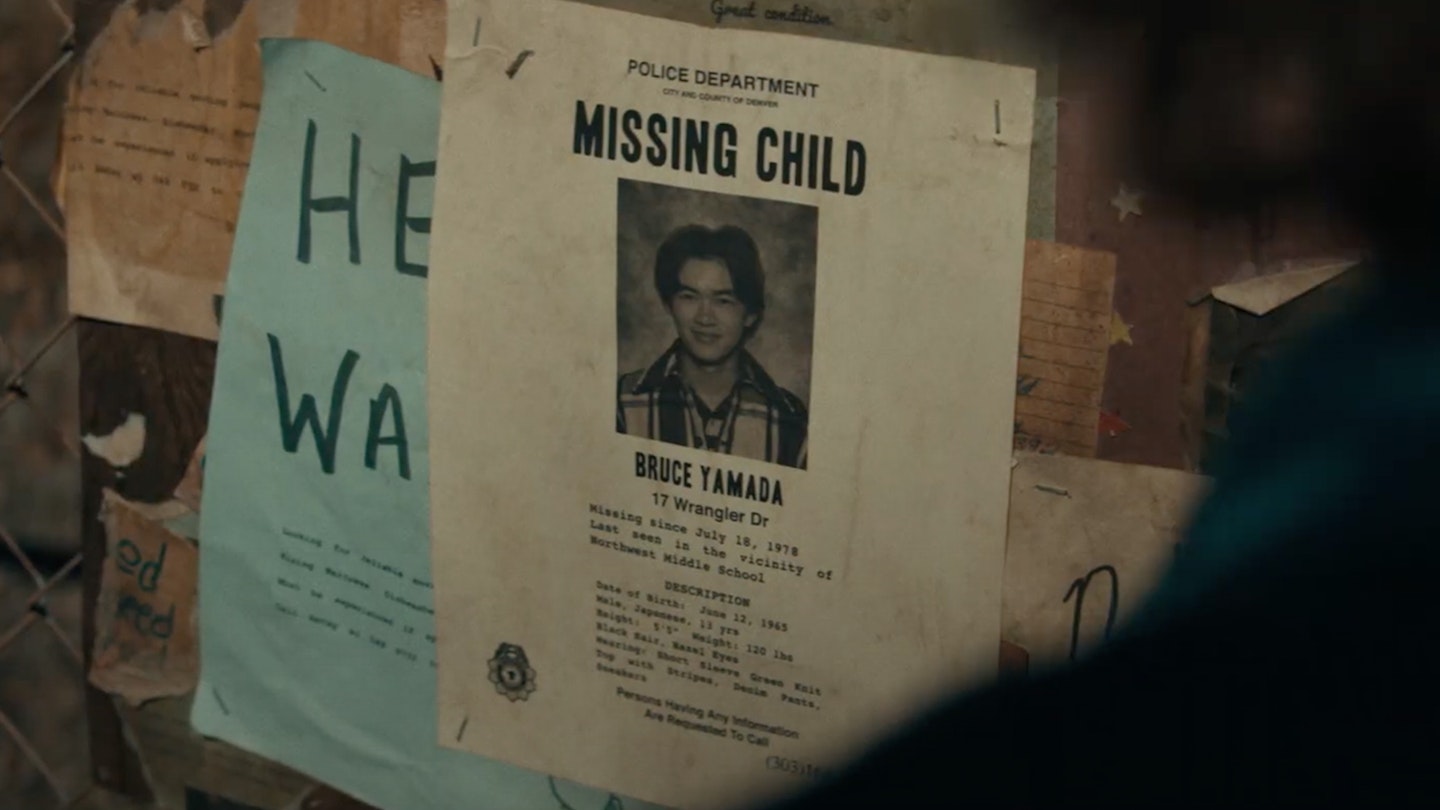
Set in the 1970s, The Black Phone has an undeniably dark premise – with child-snatching, death, and violence a major presence. For Derrickson, the film was a chance to confront the darker parts of his own youth, and the unsettling atmosphere that clung to his hometown. “It was my attempt to capture the feeling of my own childhood,” he explains. “I grew up in a working class neighbourhood that was quite violent. There was a lot of fighting, bullying, animal violence. Kids were bleeding all the time. It was also the era of Ted Bundy sweeping through Colorado, where the movie is set, and North Denver where I grew up. The Manson murders had just occurred. My next-door neighbour, when I was eight years old, knocked on my door and said, 'Somebody murdered my mom.' It was just an air of violence that I grew up with.”
The air of menace isn’t just seen in the posters searching for missing kids – in the story, Finney and his sister Gwen (Madeleine McGraw) face the spectre of domestic violence at home. “The severity of whippings that a lot of kids – including myself – got was just a part of life,” says Derrickson, matter-of-factly. “So trying to create – in a very truthful, honest, realistic way – what life was like at that time and place was a starting point for me, and then blending it with Joe's story which I thought had a lot of soul.”
Boy in the 'hood
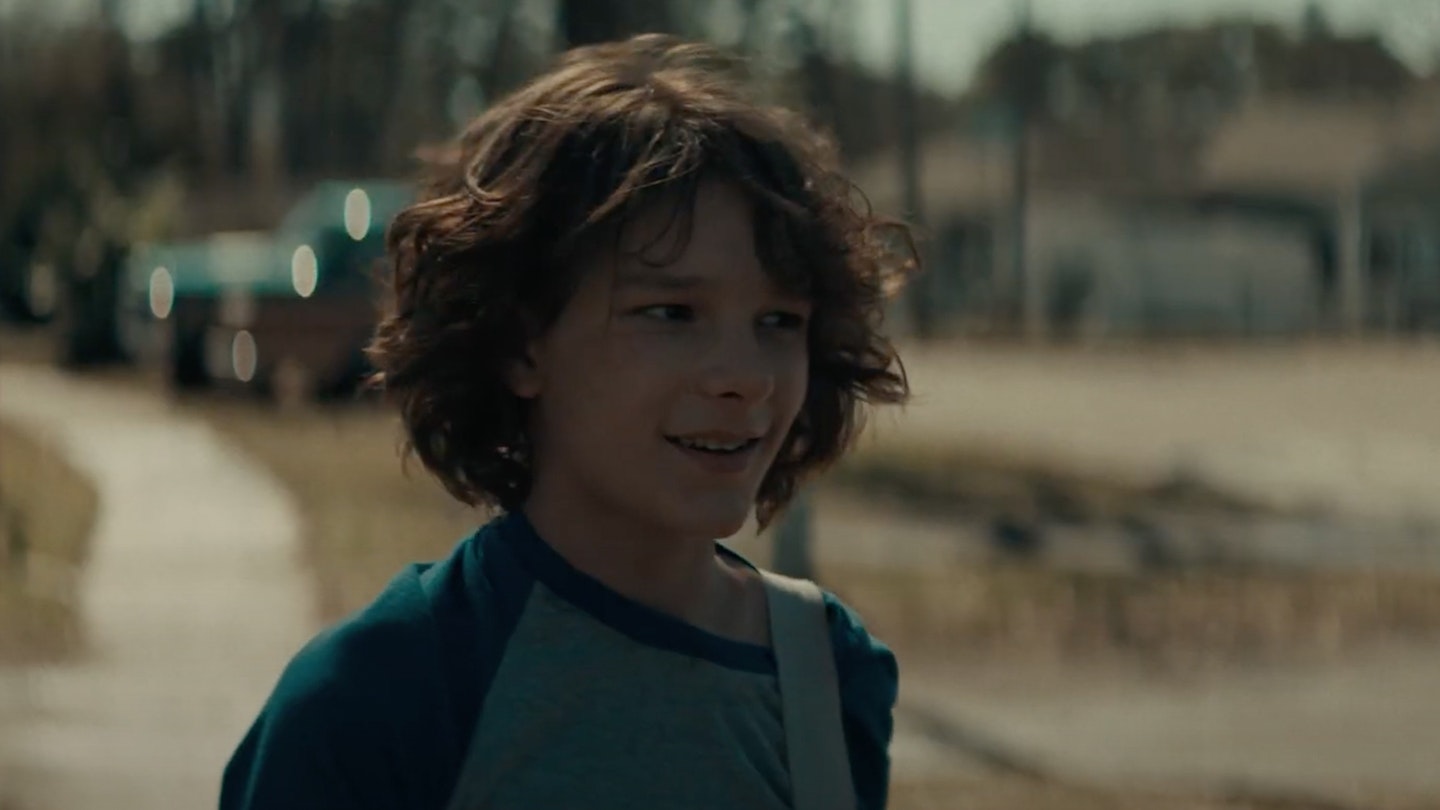
At the heart of the story is Finney – a kid whose life is tough even before he becomes the latest victim of ‘The Grabber’ and has to fight for his life. “Finney is a really good person who’s frightened of the world, because his world is frightening,” says Derrickson, pointing to the spectres of bullying, beatings and boogeymen that plague the boy’s life. “He's part of a violent world. He turns out to be just amazingly resilient against all of those things – all of the terror that he has to live with in his life.” Embodying all of that on screen is young actor Mason Thames who the director says “carries” the film. “The movie is really a lot of him trapped alone in a very scary basement, talking on the phone to somebody who's not there. His performance is just astonishing.”
Ethan stalks
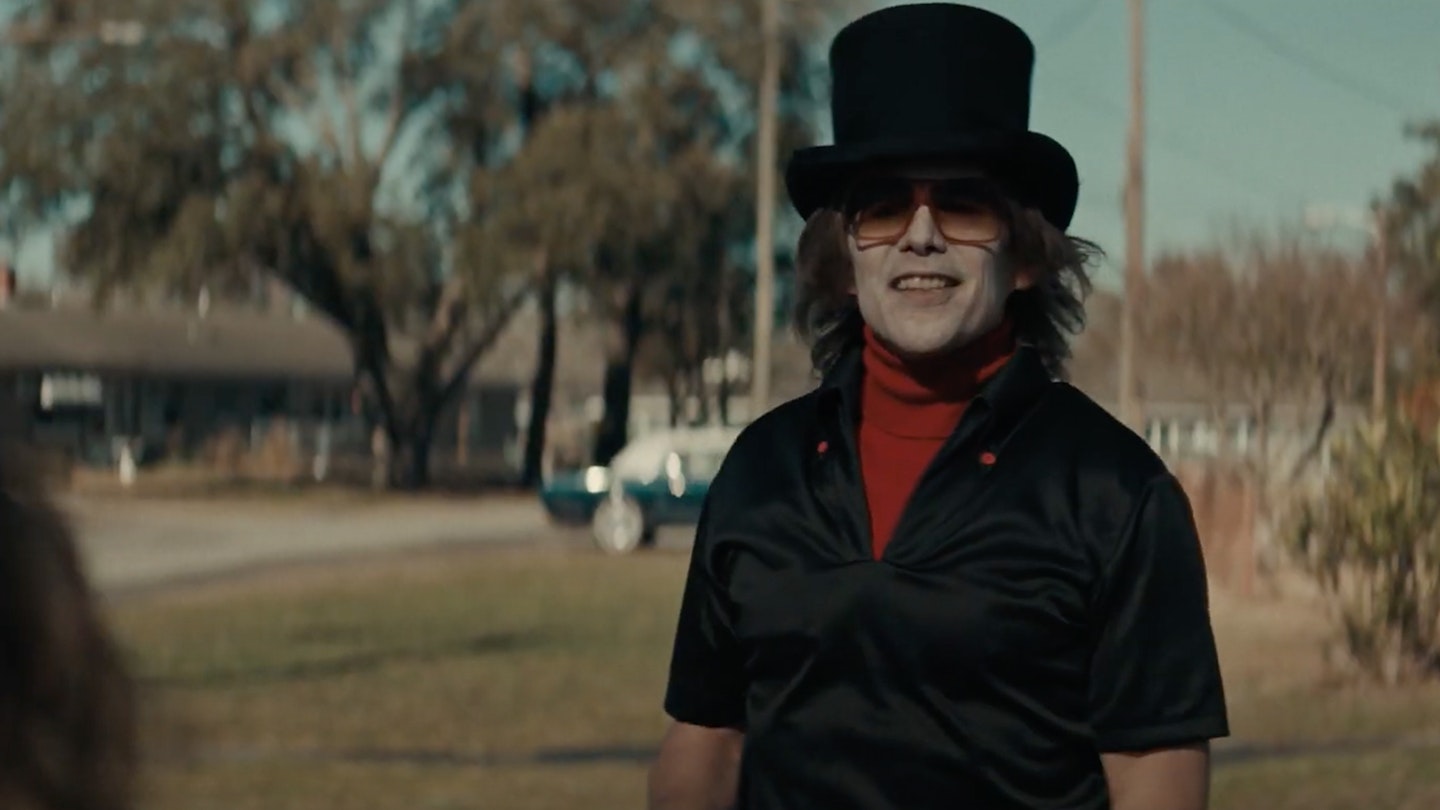
For the most part, Ethan Hawke tends to be a comforting and charming presence on screen. Not so much here. If Sinister found him being terrorised by evil, here he is the evil. “He's my favourite actor that I've worked with,” Derrickson enthuses, noting that he kept in constant touch with the actor after their previous collaboration.
When he pitched the idea of playing ‘The Grabber’ to the actor (“I said, 'Look, I've got a script and I’d love for you to play the villain – he's a paedophile child-killer, and he's wearing a mask the whole time’.”), Hawke’s general avoidance of villainous roles meant he was sceptical – until the screenplay changed his mind. “The night I sent it to him I got a voicemail from him during dinner, and it was him in this very creepy voice saying one of the lines from the script. It was very scary, this way of letting me know that he was gonna do the movie." The line in question? ’I’m gonna murder the fuck out of you.’ “It wasn’t a dialogue line, it was from the prose that my writing partner had put in,” Derrickson explains. “It said, ‘His voice sounds like, I'm gonna murder the fuck out of you, and it's gonna hurt’.”
Speak of the devil
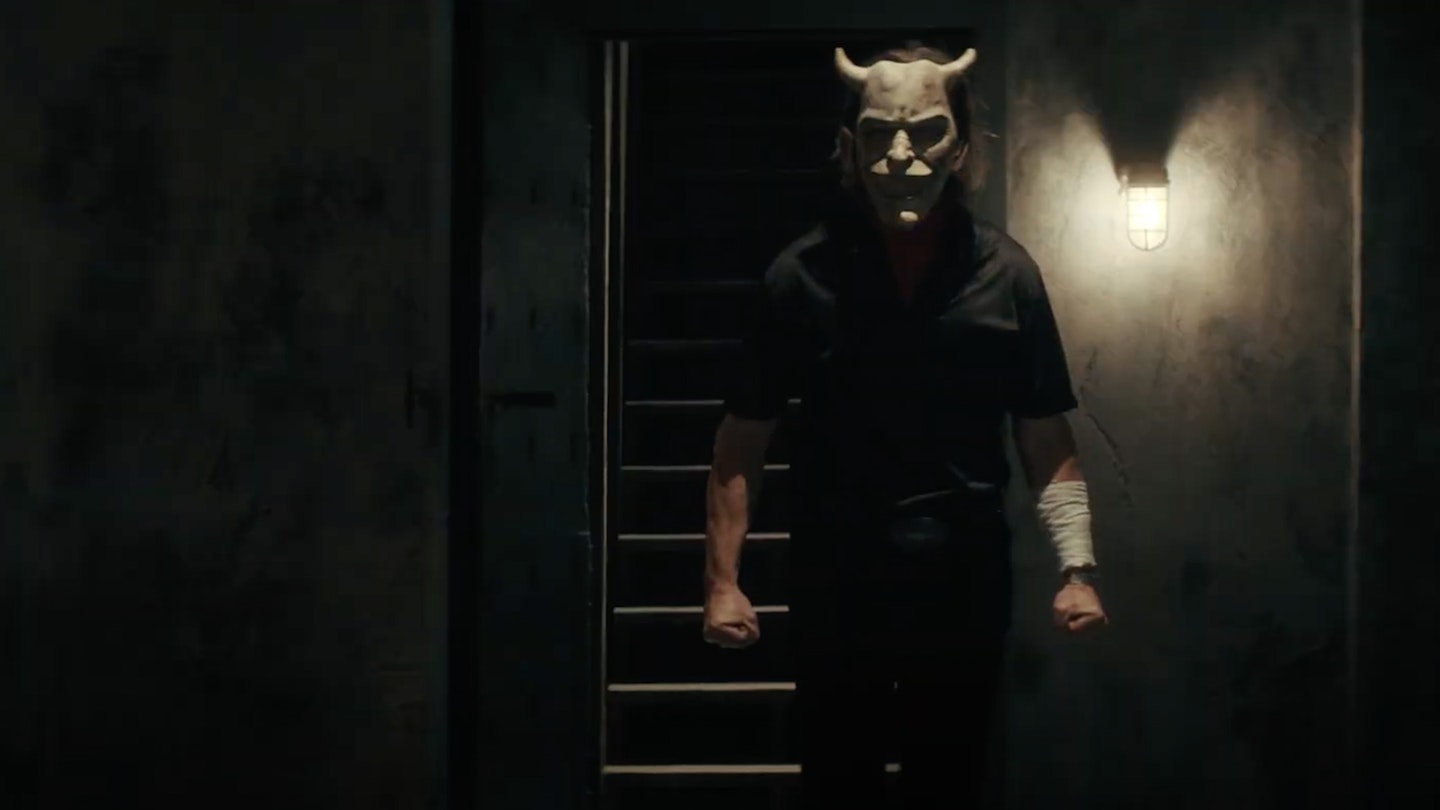
The other factor for Derrickson in casting Hawke? His voice – a key part of the performance, which will largely finding the actor hiding behind some terrifying visages. “He's got such a distinctive quality to his voice,” says the director. “I feel like people haven't noticed how exceptional his voice is. I was really excited at the prospect of that voice coming out from behind the mask, because it's so distinctive. He does very, very interesting things with his voice in this performance.”
Ring ring
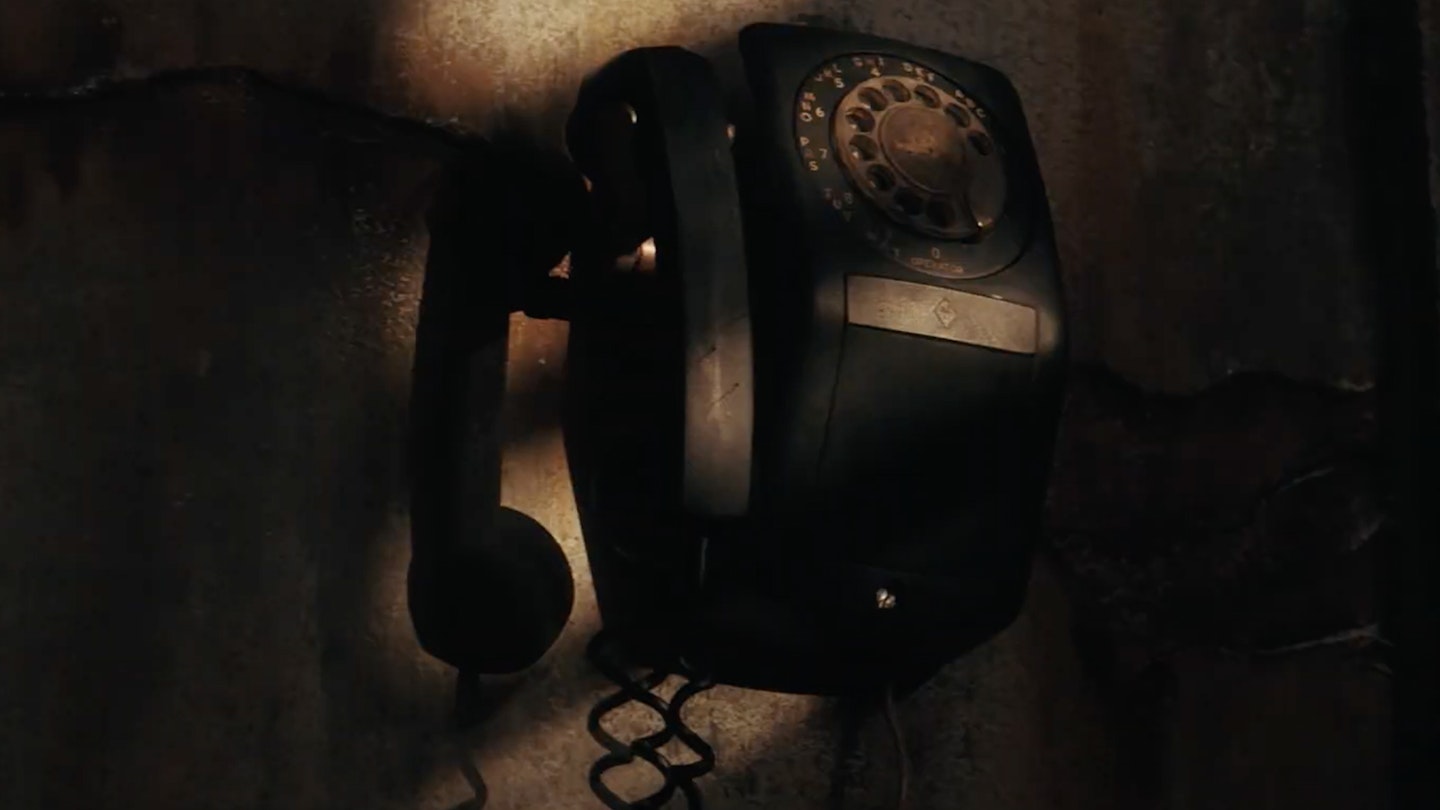
The film’s title comes from the disconnected landline that sits ominously in The Grabber’s basement – and which channels the voices of the dead that are intent of helping Finney break free. When it came to depicting it on screen, the key was simplicity. “The black phone from the short story was very creepy to me, this old rotary dial phone that's been down there for decades, and is disconnected,” Derrickson says. “I didn't want it to be anything too bizarre, it's not from the 1920s. But it is probably from the '50s or '60s. The length of the cord becomes a visually-important thing in terms of Finney's mobility when he's speaking on the phone.”
The dial-up connection also gave Derrickson the chance to hark back to an aspect of Rosemary’s Baby that always struck him. “I remember the scene when Mia Farrow calls her psychiatrist from a payphone, and the phone filter of their voices is very dense, very thick. I remember how effective I found that,” he elaborates. “This was the place where I was able to borrow that as a source of inspiration for the sound.”
Mask on
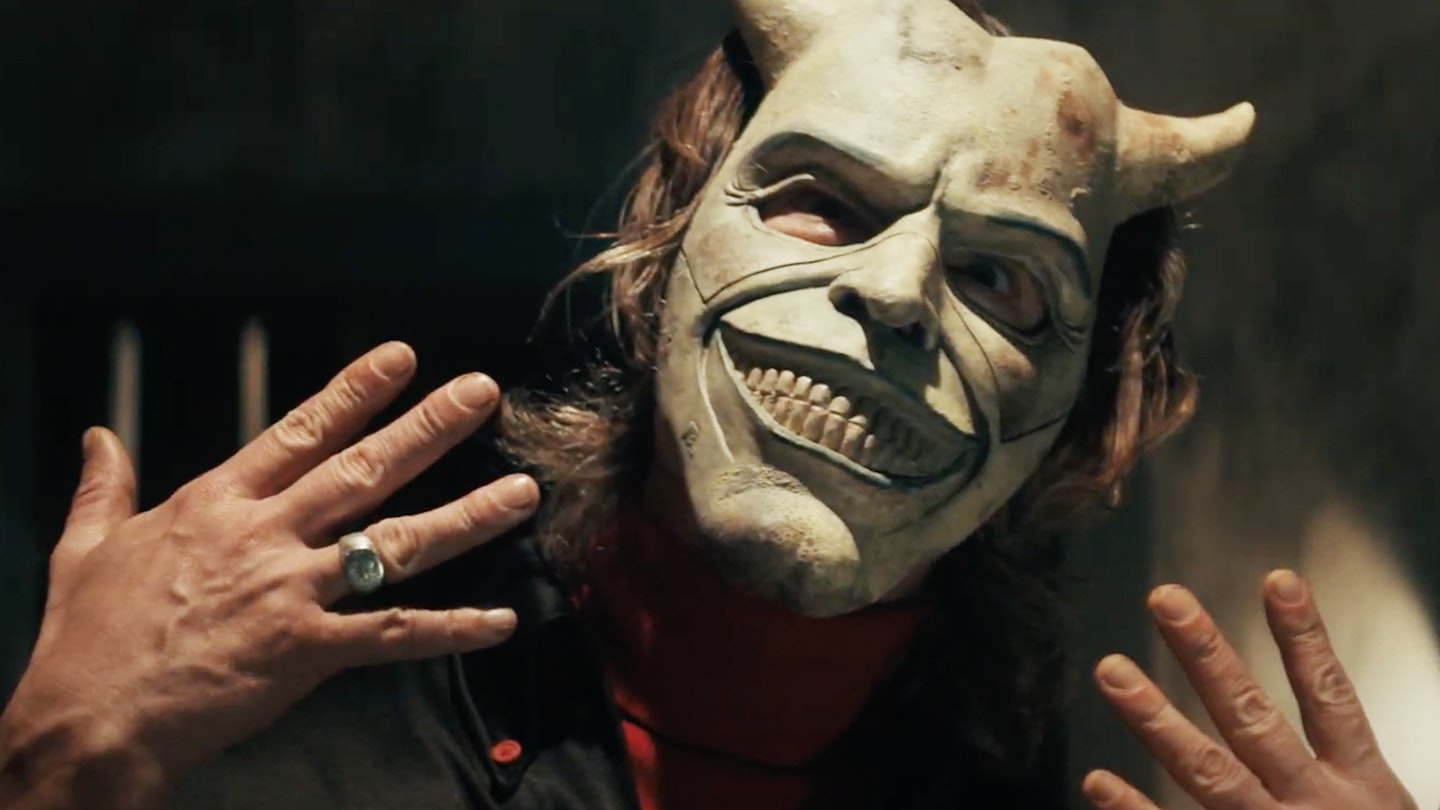
If any image from the film strikes immediate fear, it’s The Grabber in the deeply unsettling mask – or, as it turns out, a range of masks – designed by the legendary Tom Savini. Derrickson’s ambition was to create nothing less than a new piece of pure horror iconography. “I told Tom, ‘I want this to be up there with Freddie and Michael Myers and Jason and Ghostface’,” he says. “We spent quite a bit of time talking about it, what we could do with it to make it unique. I don't think there's anything I talked more about or spent more time on than the specific design of that mask in pre-production.” Basically, get your Halloween requests in at your local fancy dress shop now. “If we hit the target and make a movie as good as it should be, this'll be a mask that will be remembered and worn for years by other people. That's my intention for sure.” Your move, Ghostface.
Psychic sister

If there’s hope for Finney in the film, it’s not just from the spirits helping his cause – it also comes in the form of his sister Gwen, who’s having dream-visions of her brother’s abduction. “A lot of the movie is that brother-sister relationship,” says Derrickson. “They live under the same threat of violence both in their home, and in their neighbourhood and school. They really have each other's backs – there's a connection that's built between the two of them early on that really is the heart and soul of the film.” And in young actor Madeleine McGraw, the filmmaker found a performer around whom the entire shoot pivoted. “We were going to shoot in the fall, and Madeleine had her Disney show go back to shooting, and so she was unavailable,” he recalls. “I told Jason Blum, 'I'm not gonna recast the role. We're gonna push the movie, we have to wait for her – she has to play this role.' Jason fortunately supported that, so we shot after new year when she was available. That's how much faith I had in this nine-year-old girl's uniqueness.”
That’s not IT
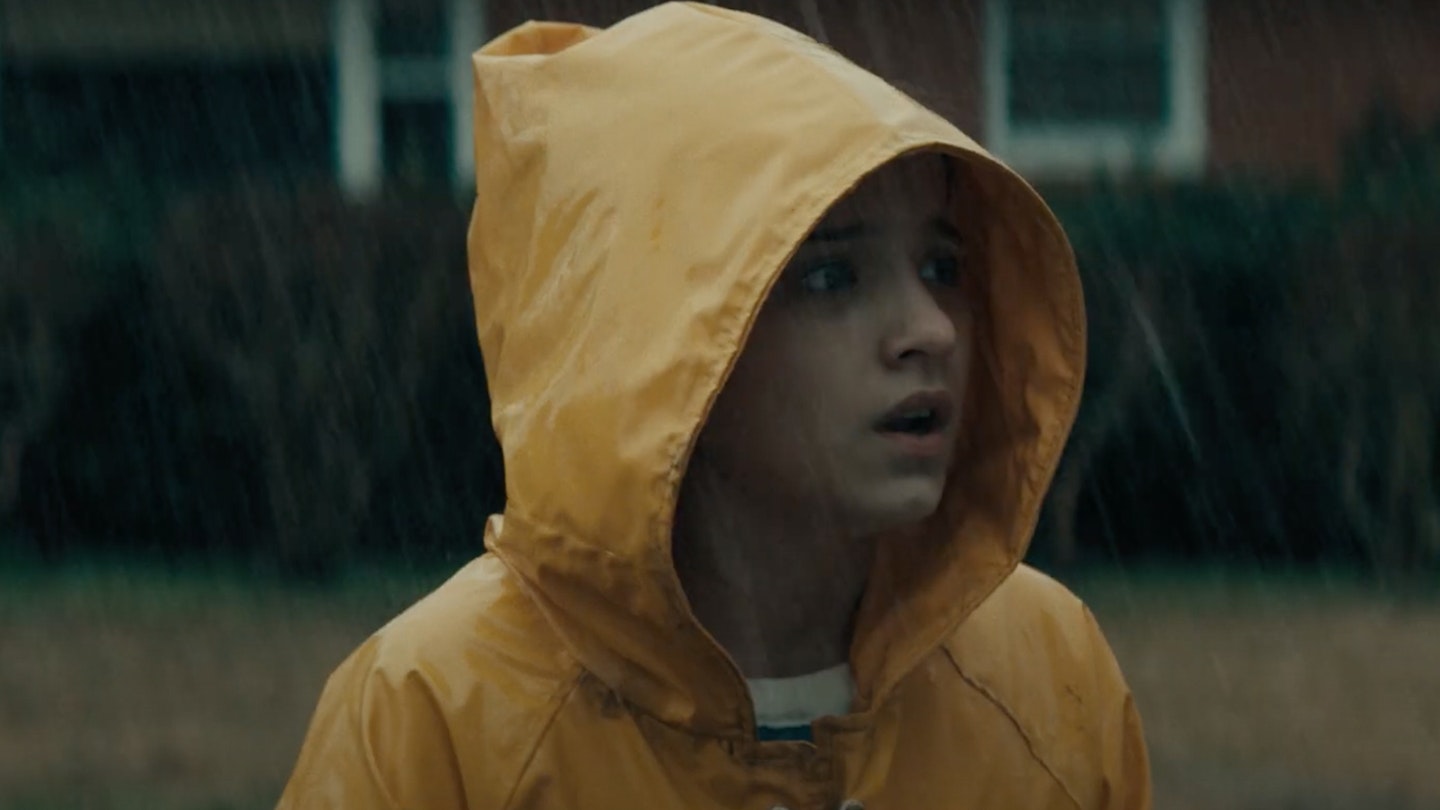
If a shot of Gwen in the rain in a yellow raincoat brings to mind Joe Hill’s father’s most famous tale, this isn’t Derrickson’s nod to IT. “There's a little yellow raincoat girl in Sinister – I was probably thinking more or her if anything,” he admits. In fact, one key change in the adaptation process was made so that it felt less like a homage to Pennywise. “In Joe’s story, the character who does the abducting is a clown,” says Derrickson. “It was Joe's idea to change that because IT had just come out and was such a big success. We came up with the idea of making him a magician instead, which I think works pretty well.” Either way, nightmares are coming.
The Black Phone comes to UK cinemas on 4 February.
